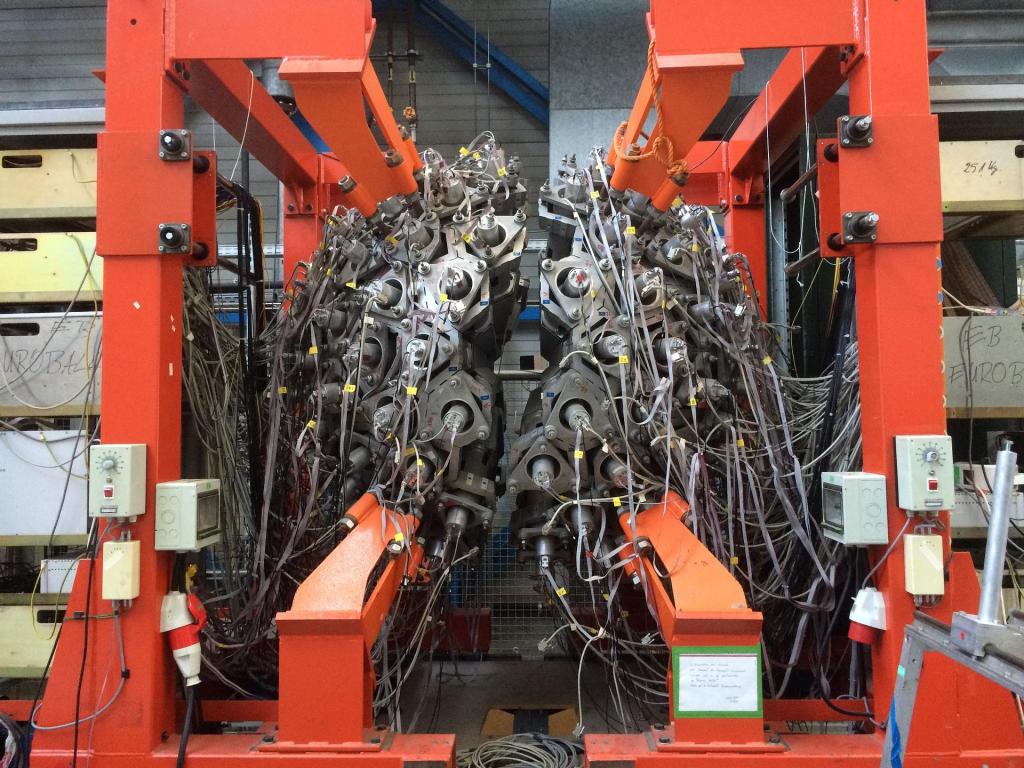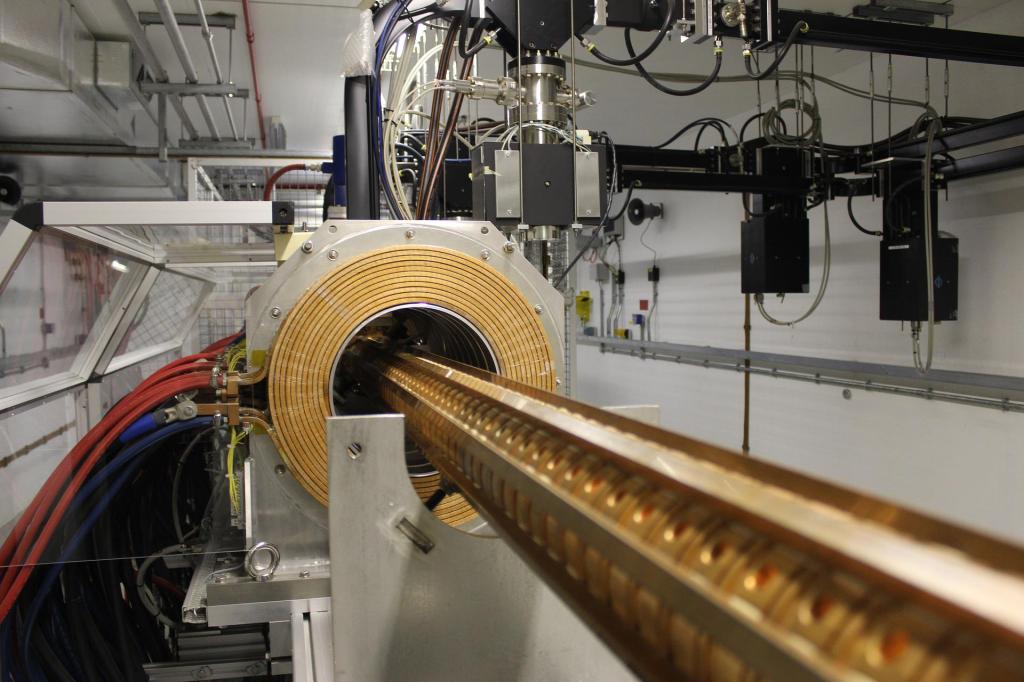I want to talk about particle accelerators. Why? Well, in my humble opinion, I think they are the coolest machines on Earth. That’s a big call, so do I have any evidence for this? Not really, only my misplaced love in technology that I can only describe as beautiful.
You may have heard the words, atom smashers, colliders, or particle accelerators before, but they are more or less words that can be interchangeable, just like the Infinity Stones and the Infinity Gems, but also Paradise Island and Themyscira. That being the case, let’s try to untangle this mess that I’ve made.1
Simply put, particle accelerators smash pieces of atoms together.
Great, thanks for reading and I’ll see….

As if. Particle accelerators are massive machines that can fire subatomic particles around a circuit, at speeds similar to the speed of light. The results of each experiment can help scientists to research and investigate answers about our universe, which brings about more questions.
I can only imagine years ago, a group of drunk physicists were enjoying a good night out at the pub, when someone suggests of thinking up the craziest experiments possible. Once again, I can only imagine there would be lots of different ideas, when someone mentions, “Hey, I’ve got it! Let’s take some subatomic particles and using electromagnetic fields, fling them around a circuit at close to the speed of light, and smash them together.”
Everybody would laugh at this and move on to the next crazy idea; but the group’s designated driver would have been listening the whole time. They speak up and say, “I was thinking about the last idea, and it seems quite interesting.”
The actual truth is far less entertaining than a drunken idea. The way I understand it, the design and implementation of various particle accelerators, were created by scientists Gustaf Ising, Ernest Lawrence, Max Steenbeck, Leó Szilárd and Rolf Widerøe, from the 1920’s to 1930’s.

So how does a particle accelerator work? That’s a great question, in fact, that’s the best question I have heard all day; even better than, “Should we get pizza tonight?”
Because each particle accelerator is different, they have different components, so they operate differently. Having said that, the best and simplest way I could describe it to anybody 2, means laying down some easy groundwork first.
Let’s look at one of the most famous particle accelerators in the world, the Large Hadron Collider (LHC), located near Geneva, Switzerland, operated by CERN, to help me to explain them. Hopefully correctly.
Atoms are not the smallest pieces of matter. Within the structure of an atom 3, you would find three basic particles: a proton (it has a positive charge), a neutron (they have no charge, they are neutral), and an electron (it has a negative charge).
With each different element, the quantity of protons, neutrons, and electrons changes. There are other subatomic particles out in the world, but let’s just use protons, neutrons, and electrons for now. Ok?
Scientists can take protons for an example, and accelerate them to speeds, close to the speed of light. They do this by using electromagnetic fields, to accelerate the particles, through a network of tunnels.
These tunnels at CERN, span 27 km; at a maximum depth of 175 m, have been built around the area to house the particle accelerator, because it needs a lot of space and energy.
Now this is crazy, but true. Because of this, the particles can be fired at around 99% the speed of light. They zip around the network of looped tunnels, at a mind crushing speed of 11,000 times per second. Let that fact sink in.
The idea is that when these particles are whipping around, scientists can cause them to smash into each other. This is not because scientists hate subatomic particles, or there is a secret cult, trying to eliminate all subatomic particles from the world 4, but rather to create new subatomic particles and unlock more of the subatomic world.
I know, the whole thing sounds like a bad B-movie plot, but it’s real. By using particle accelerators, scientists have discovered the Higgs Boson (or God particle or Higgs particle); developed better computer scanning imagery; created synthetic elements like Moscovium, Tennessine, Oganesson; medical applications; the W and Z particles; and other subatomic particles.
I remember when the Higgs Boson was announced by the media in 2012, an article citing some scientists and researchers, were explaining that the discovery of the Higgs Boson, could give humanity the building blocks for faster than light technology.
This of course has led to scientists designing various theoretical space ships, with the ability to warp space/time or travel at light speed. How cool is that?!
There is also a real belief, that particle accelerators can help scientists to bridge the gap between the general theory of relativity and quantum mechanics, to create the Holy Grail of physics: quantum gravity theory.

I have never visited or seen a real particle accelerator, but I would love the opportunity to. Honestly, I think particle accelerators are what dreams are made of, so they have been pulled into our reality. They are the coolest machines, not just on this planet, or the solar system; but maybe the galaxy.
Not the universe though, because there will be an alien civilization, in some distant red-shifted galaxy, with real working replicators. How rad would that be?!
Anyway, with the new upgrades to the CERN particle accelerator, who the hell knows what amazing and fascinating surprises, will we discover. Particle accelerators; they are the cat’s pyjamas; the bee’s knees; or just simply, the coolest machines on Earth.
Thanks for reading, wash your hands, and I’ll see you on Wednesday for another special blog.
1 There’s a first for everything.
2 Remember, I’m not a physicist, just someone that likes science. A lot. Probably too much, actually.
3 Hydrogen being an exception, because it has no neutrons; just 1 proton and 1 electron.
4 Good luck with that one.

You must be logged in to post a comment.